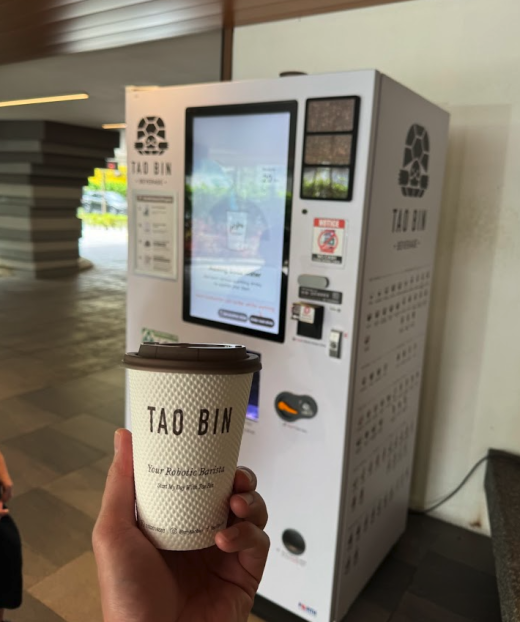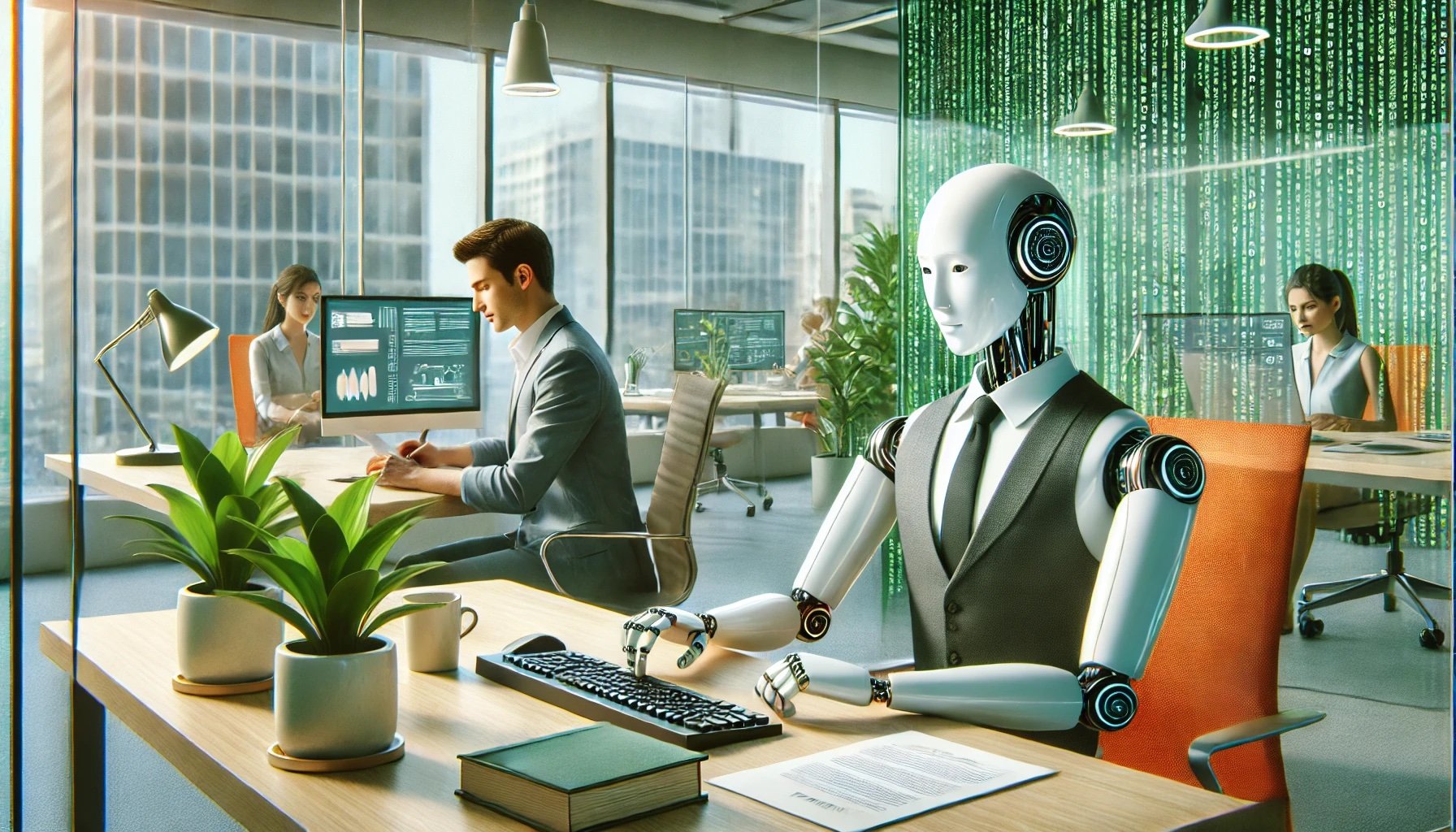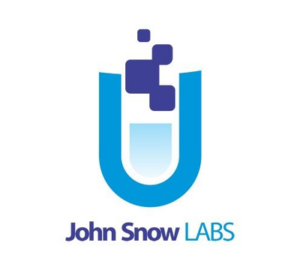Early this summer, I had dinner with close friends in the heart of Silicon Valley. The couple, both working at major tech companies—one at Apple, the other at Google—invited me to a cozy German restaurant in San Francisco. As we enjoyed our meals, the conversation inevitably shifted toward AI’s growing presence in the workplace.
“Do you think robots will ever take over cooking?” I asked, casually between bites.
The husband smiled confidently. “Cooking? Nah, not in our lifetime. Maybe our son will grow up to be a chef,” he said, glancing at their four-year-old who was busy with his lego toys.
His wife, raising an eyebrow, nodded thoughtfully. “Well, you never know. Baristas are already being replaced by robots that can make a perfect cup of coffee,” she said, turning to me.
I jumped in. “Exactly! I mean, if a robot can brew my morning coffee, why not cook dinner, too? Give it a few years, and AI might be smart enough to make us a full meal at home.”

The conversation left us wondering: how much of the future job market will be left for our kids when AI continues to push the boundaries of what’s possible?
Working Alongside AI Colleagues
In my parents’ time, the idea of making money from anywhere with just a computer and an internet connection would have sounded like science fiction. Even when I was in my 20s, I couldn’t have predicted that my job could be so mobile and digital. Now, when I think about what our kids will face in the future, I’m in the same boat my parents were 30 years ago—clueless about the possibilities.
A major shift is happening in the job market. Just like we had to learn to use computers decades ago, we’re now entering a new era where we need to work with computers, not just use them. Treating AI and computers like colleagues, not just tools, will be crucial. This isn’t just about mastering new software—it’s about understanding how to collaborate with machines that can think, learn, and work alongside us.
Here are a few ways that AI is already stepping in as our digital coworker:
- Writing – Right now, I’m drafting this article with the help of ChatGPT. It assists with structure and flow while I focus on the creative direction and ideas.
- Coding – Entry-level coders are feeling the pinch as AI systems take over routine tasks. These AI coders work 24/7, writing cleaner code and debugging faster than most human programmers.
- Creative Image Design – AI is a huge source of inspiration for artists and designers. I personally use ChatGPT to generate images more often than I use Canva, relying on AI to suggest unique ideas and creative directions.
- Songwriting – AI can generate complete songs, from the lyrics and chord progressions to catchy melodies. It’s giving songwriters an endless pool of material to draw from, pushing the boundaries of music creation.
- Data Analysis – AI can analyze massive datasets within seconds, finding patterns and insights that human analysts might miss. This speed and accuracy are already transforming industries like finance, healthcare, and marketing.
As we work more with AI, we need to remember that while it excels at processing information, humans still lead when it comes to creativity, critical thinking, and emotional intelligence. Mastering this balance will be the key to thriving in the AI-driven workplace of the future.
AI’s Role and Limits
AI has already become an advisor, a colleague, and an essential assistant in many industries. It doesn’t complain, has no emotions, works around the clock, and can handle almost any task with unmatched efficiency. It’s multilingual, learns fast, and seems to have endless knowledge at its fingertips. From writing articles to analyzing massive datasets, AI is quickly becoming indispensable in the workplace.
But AI is far from perfect. Despite all its strengths, it still lacks emotional intelligence, critical thinking, and genuine creativity. The classic phrase “garbage in, garbage out” is as relevant as ever: feed it bad input, and you’ll get bad output. For instance, while ChatGPT helps me with sentence construction, the creativity and direction still come from me. If you don’t give it quality information, the responses can be too generic, overly neutral, or so politically correct that they’re not useful.
Once you understand AI’s limitations and learn to “collaborate” with it effectively, your productivity can skyrocket. Personally, without ChatGPT, replying to my readers would take ages. Crafting a useful article would take me two to five times longer than it does now. Thanks to AI, I’ve already seen my productivity increase tremendously.
Now, imagine all your colleagues know how to work with AI, but you don’t. It’s like being the last rabbit in a race, overtaken by tortoises who’ve hopped onto AI’s back. The future workplace won’t wait for those who lag behind, and mastering the art of AI collaboration is key to staying competitive.

AI Is Everywhere
Artificial intelligence isn’t just around the corner—it’s already here, and it’s improving rapidly. We now have AI-powered robots performing tasks that seemed impossible just a few years ago. Let’s take a look at a couple of game-changing examples:
Amazon’s Digit
Amazon recently introduced a humanoid robot named Digit, designed to work directly with human employees in warehouses. Created by Agility Robotics, Digit comes with arms and legs, allowing it to move through spaces built for humans and handle objects like any worker would. This advancement has significantly boosted efficiency in Amazon’s warehouses, making tasks safer and more ergonomic for human employees. It’s a perfect example of how AI and robotics are transforming logistics.
Alphabet’s Waymo
In San Francisco, we’re lucky enough to see Waymo’s self-driving cars on the streets. Powered by advanced AI, Waymo’s systems have been trained on vast amounts of driving data, allowing them to navigate complex traffic scenarios. The AI continuously learns from real-world and simulated driving experiences, making these vehicles safer than human drivers in many cases. Waymo is a prime example of how AI is reshaping urban mobility.

These are just two examples of how AI is already playing a key role in our daily lives. Whether it’s in warehouses or on the streets, artificial intelligence is becoming an integral part of how industries operate and how we move forward into the future.
Welcoming AI as Your Colleague
Instead of fearing AI and imagining doomsday scenarios like something out of Terminator, why not embrace it as your new coworker? The key is to skill up—learn how to work with AI. By doing so, you’ll not only create new job opportunities for yourself but also become more adaptable and competitive in a rapidly changing job market.
At its core, AI is like a supercharged assistant in the workplace. It excels at processing vast amounts of data quickly and efficiently but still depends on human creativity, empathy, and hands-on decision-making. The true magic happens when we combine our strengths with AI’s efficiency. This partnership allows us to get more done in less time and opens up a world of new possibilities.
Now it’s your turn—share in the comments how AI has affected your industry or your specific job. What changes have you noticed, and how did you respond? Let’s start a conversation about how we can all thrive in this AI-driven future.





